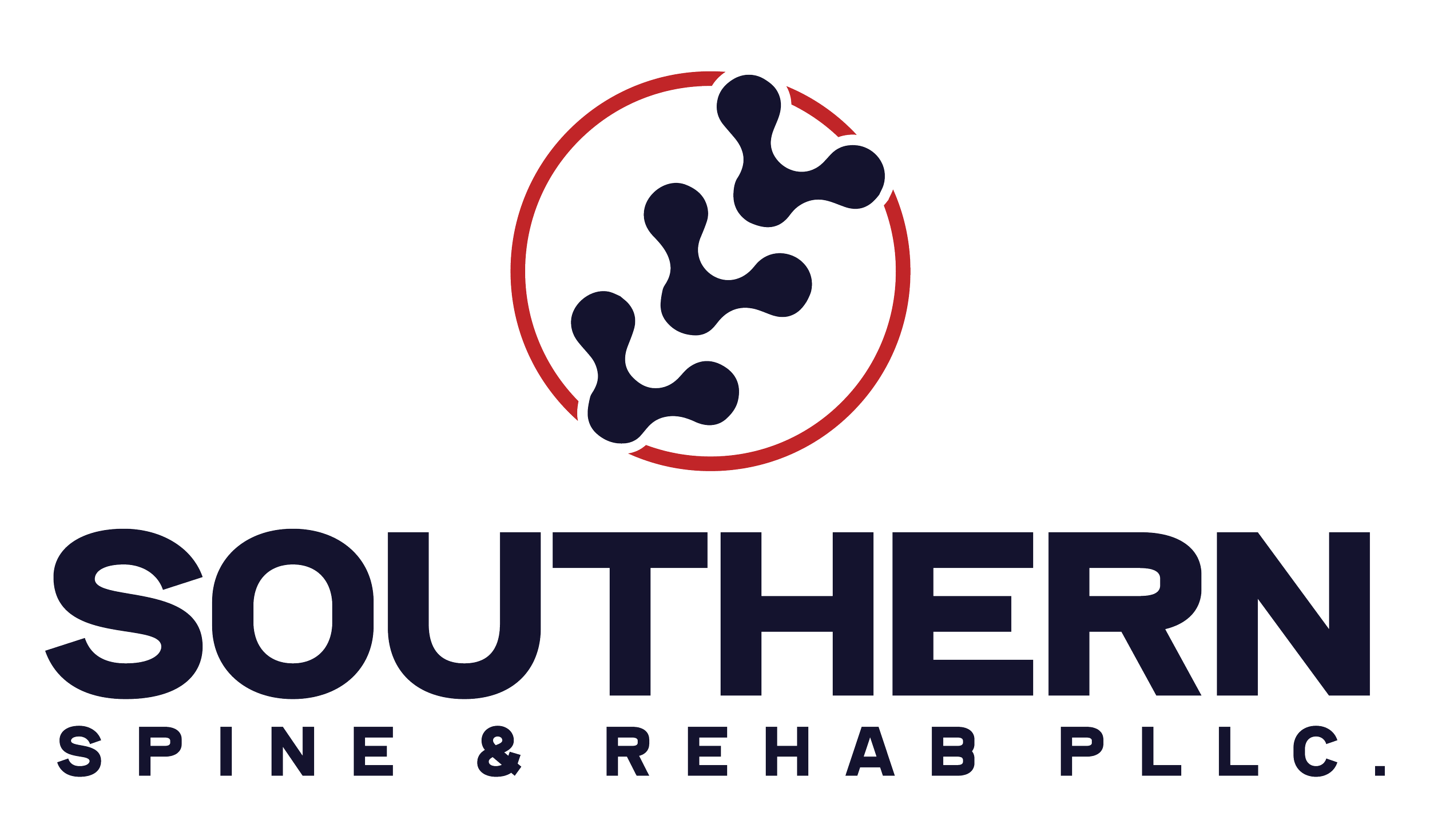Why You Need Exercises with Adjustments
The synergy between exercise and chiropractic adjustments is increasingly recognized as a powerful combination for promoting overall well-being and musculoskeletal health.
As most of you know, every one of Dr. Pedigo’s patients get WAY MORE than a quick adjustment when they seek care at our clinic. There are many reasons for this, however, this blog will focus on why every patient should be getting some form of exercises with every adjustment.
While chiropractic care focuses on restoring proper function of the spine and joints, exercise complements these efforts by strengthening muscles, improving flexibility, and enhancing overall physical fitness.
In this blog, we delve into the reasons why incorporating exercise alongside chiropractic adjustments can lead to enhanced outcomes and improved quality of life.
Enhanced Joint Mobility and Stability
Chiropractic adjustments aim to restore proper mobility to the spine and joints. However, to maintain these improvements, it's essential to strengthen the surrounding muscles and tissues. Exercise, particularly targeted strength and stability training, helps support the adjustments made during chiropractic care, reducing the risk of misalignments recurring.
1. Long-Term Pain Relief and Prevention
While chiropractic adjustments can provide immediate relief from pain and discomfort, regular exercise plays a crucial role in long-term pain management and prevention. Strengthening muscles around the spine and joints can help alleviate strain and pressure, reducing the likelihood of injuries and chronic pain conditions.
2. Faster Recovery from Injuries
Injuries, whether acute or chronic, can disrupt the body's natural function. Chiropractic adjustments can help realign the affected areas and promote healing, while targeted exercises can aid in rehabilitation by improving strength, flexibility, and mobility. Combining chiropractic care with tailored exercise programs can expedite the recovery process and restore optimal function more effectively.
3. Overall Health and Wellness
Regular exercise is not only beneficial for musculoskeletal health. By incorporating exercise into their routine alongside chiropractic adjustments, individuals can experience a comprehensive approach to health that addresses both physical and mental well-being.
A dysfunctional and/or injured joint has to be retrained and loaded properly through exercise to ensure full recoveries over time. A couple quick adjustments are great for pain relief but will not fix the overall function alone in the long run.
References: 1. Bronfort, G., Haas, M., Evans, R., Kawchuk, G., & Dagenais, S. (2008). Evidence-informed management of chronic low back pain with spinal manipulation and mobilization. The Spine Journal, 8(1), 213-225. [DOI: 10.1016/j.spinee.2007.10.023] 2. Brontfort, G., Assendelft, W. J., Evans, R., Haas, M., Bouter, L. M. (2001). Efficacy of spinal manipulation for chronic headache: a systematic review. Journal of Manipulative and Physiological Therapeutics, 24(7), 457-466. [DOI: 10.1067/mmt.2001.118003] 3. Senna, M. K., Machaly, S. A. (2011). Does maintained spinal manipulation therapy for chronic nonspecific low back pain result in better long-term outcome? Spine, 36(18), 1427-1437. [DOI: 10.1097/BRS.0b013e3181f5dfe0] 4. National Institute of Neurological Disorders and Stroke. (2019). Low Back Pain Fact Sheet. Retrieved from https://www.ninds.nih.gov/Disorders/Patient-Caregiver-Education/Fact-Sheets/Low-Back-Pain-Fact-Sheet 5. American Chiropractic Association. (n.d.). Chiropractic: A Safe Treatment Option. Retrieved from https://www.acatoday.org/Patients/Why-Choose-Chiropractic/Chiropractic-A-Safe-Treatment-Option


